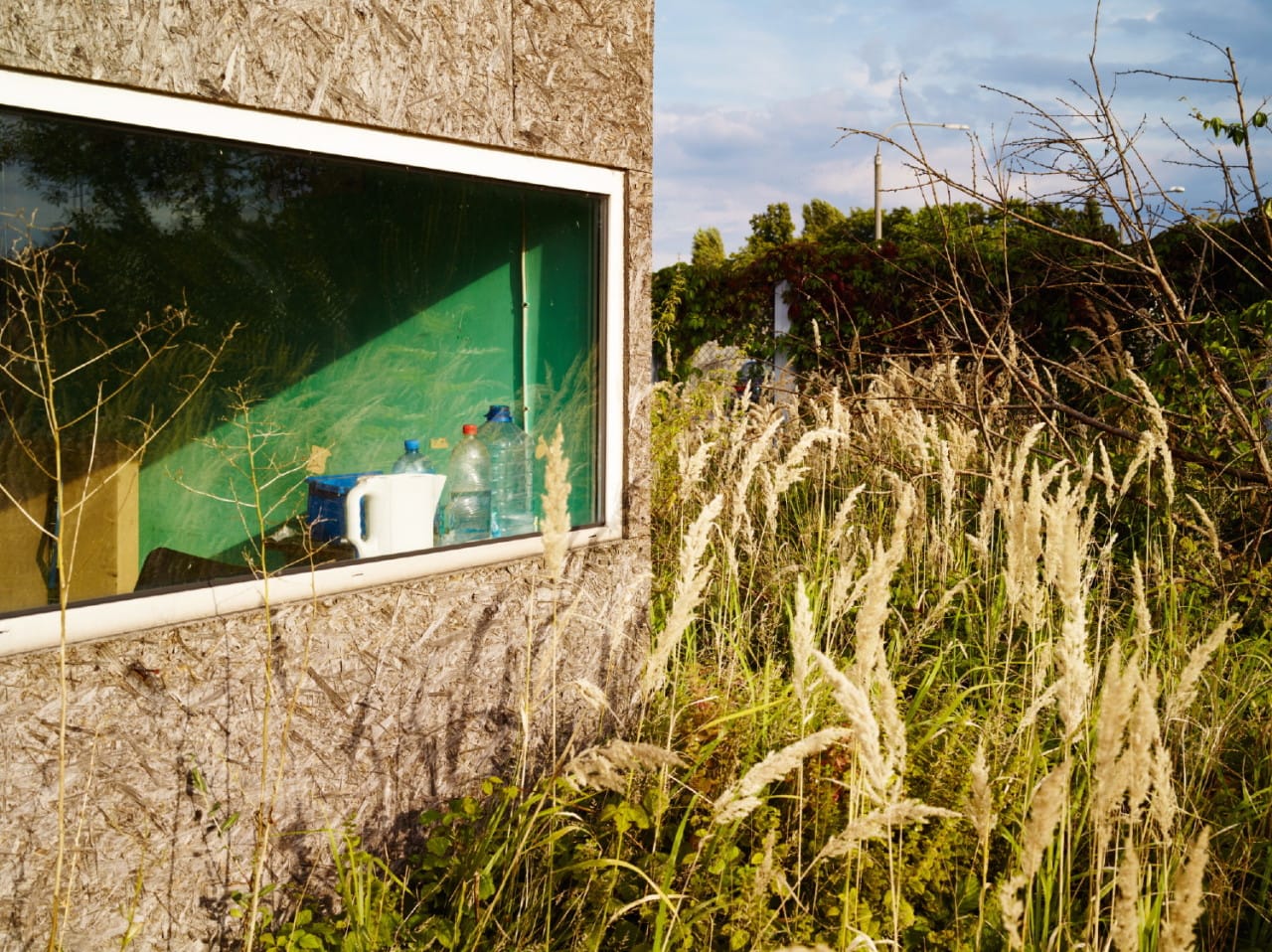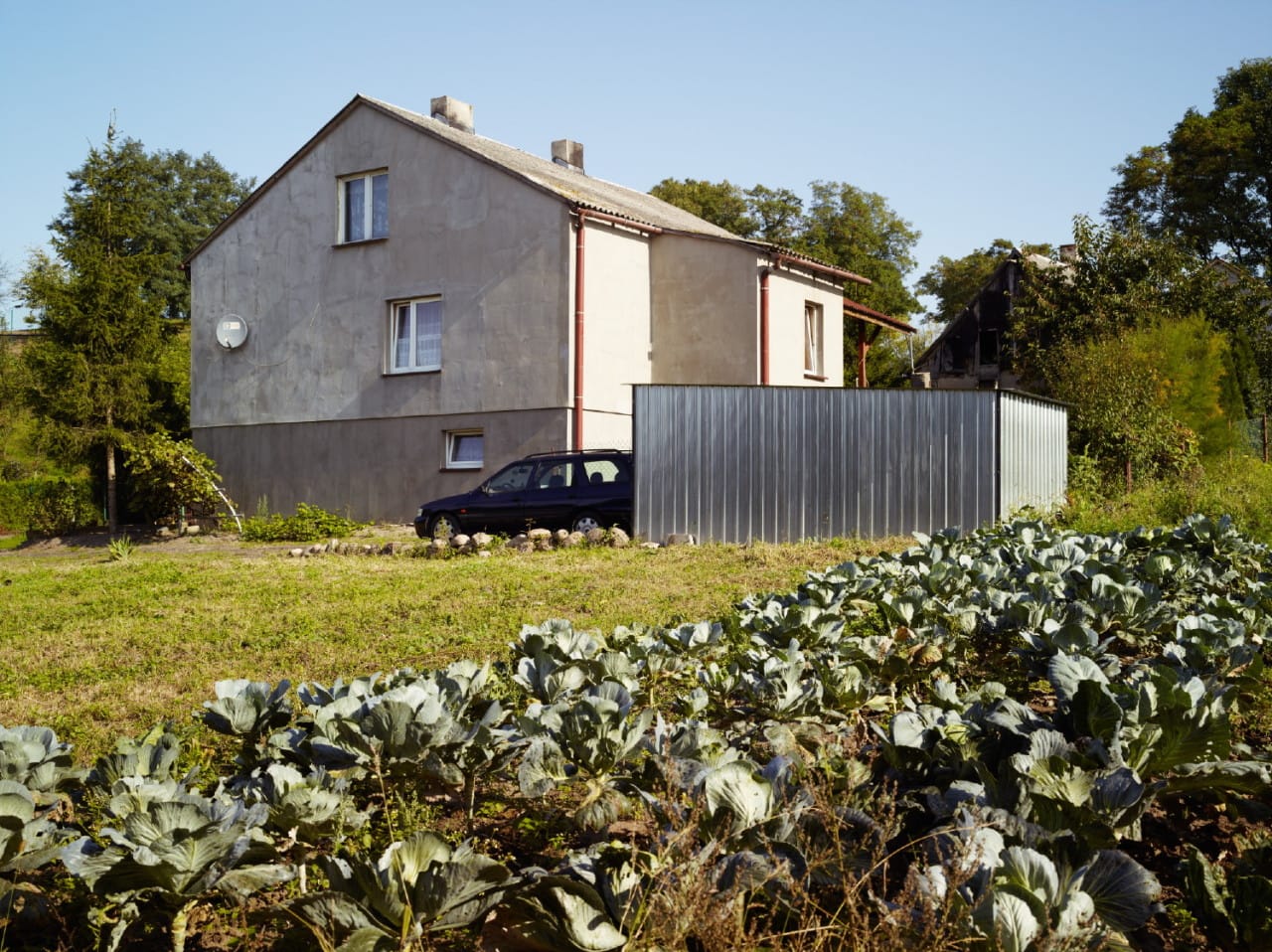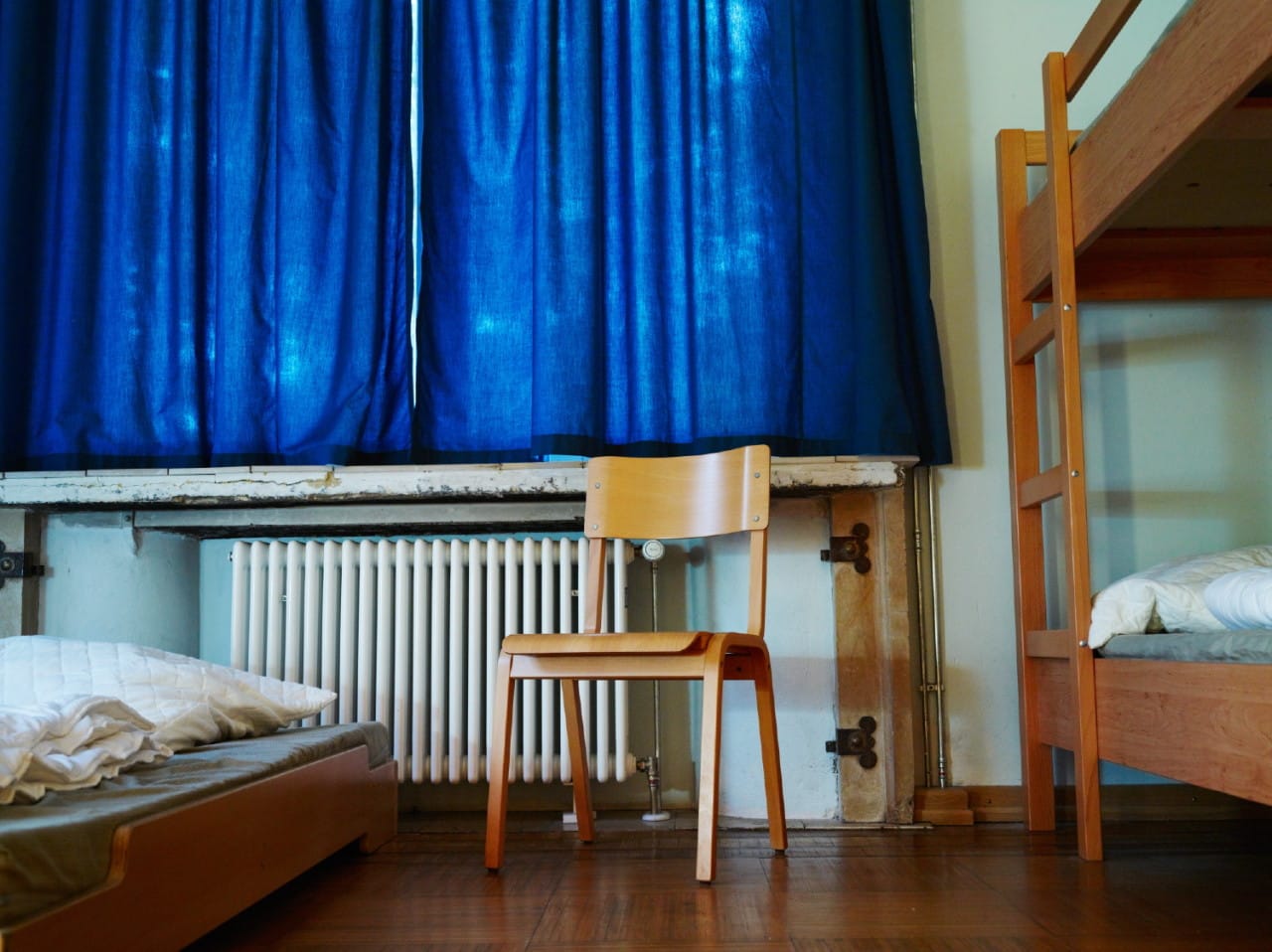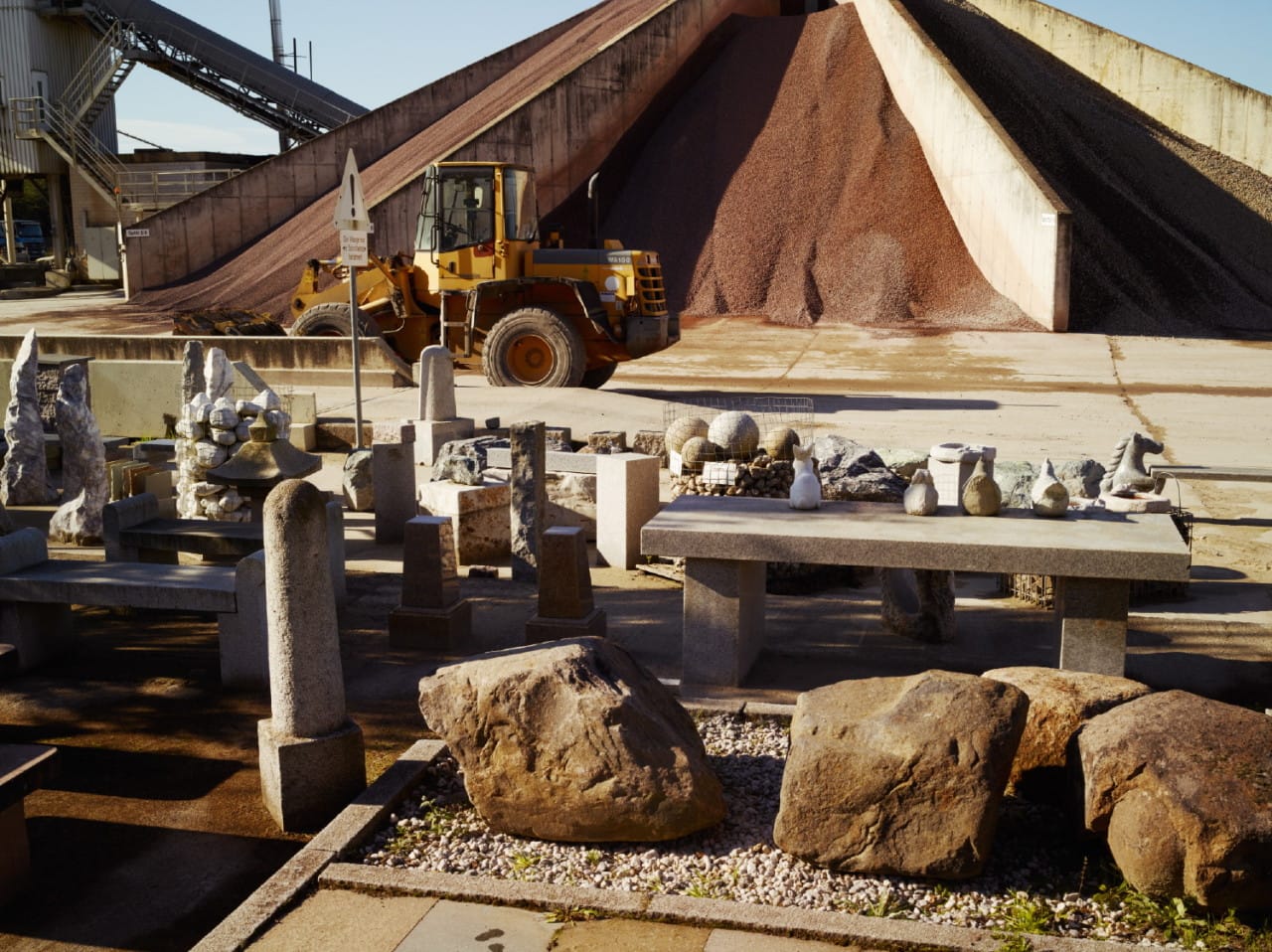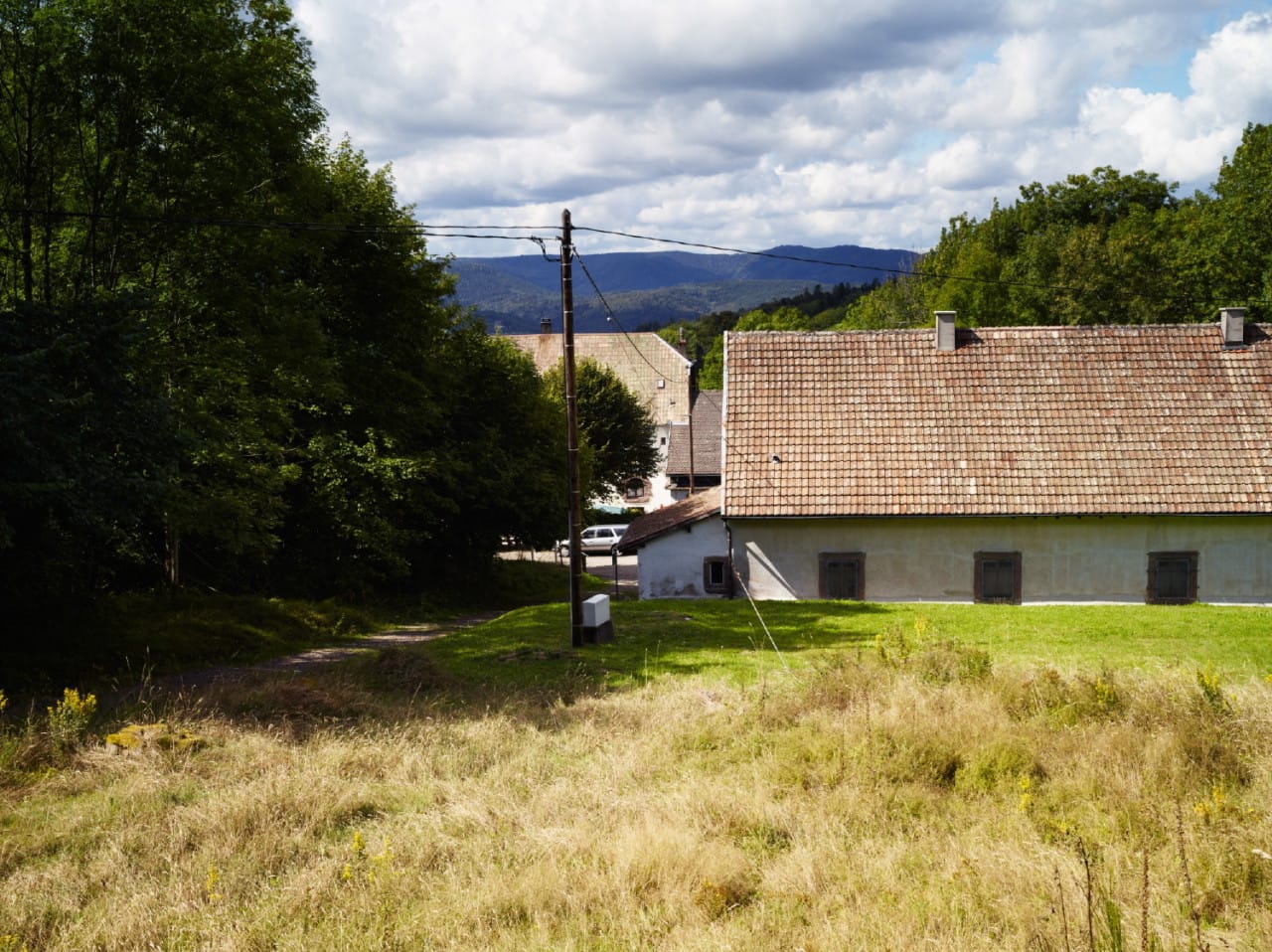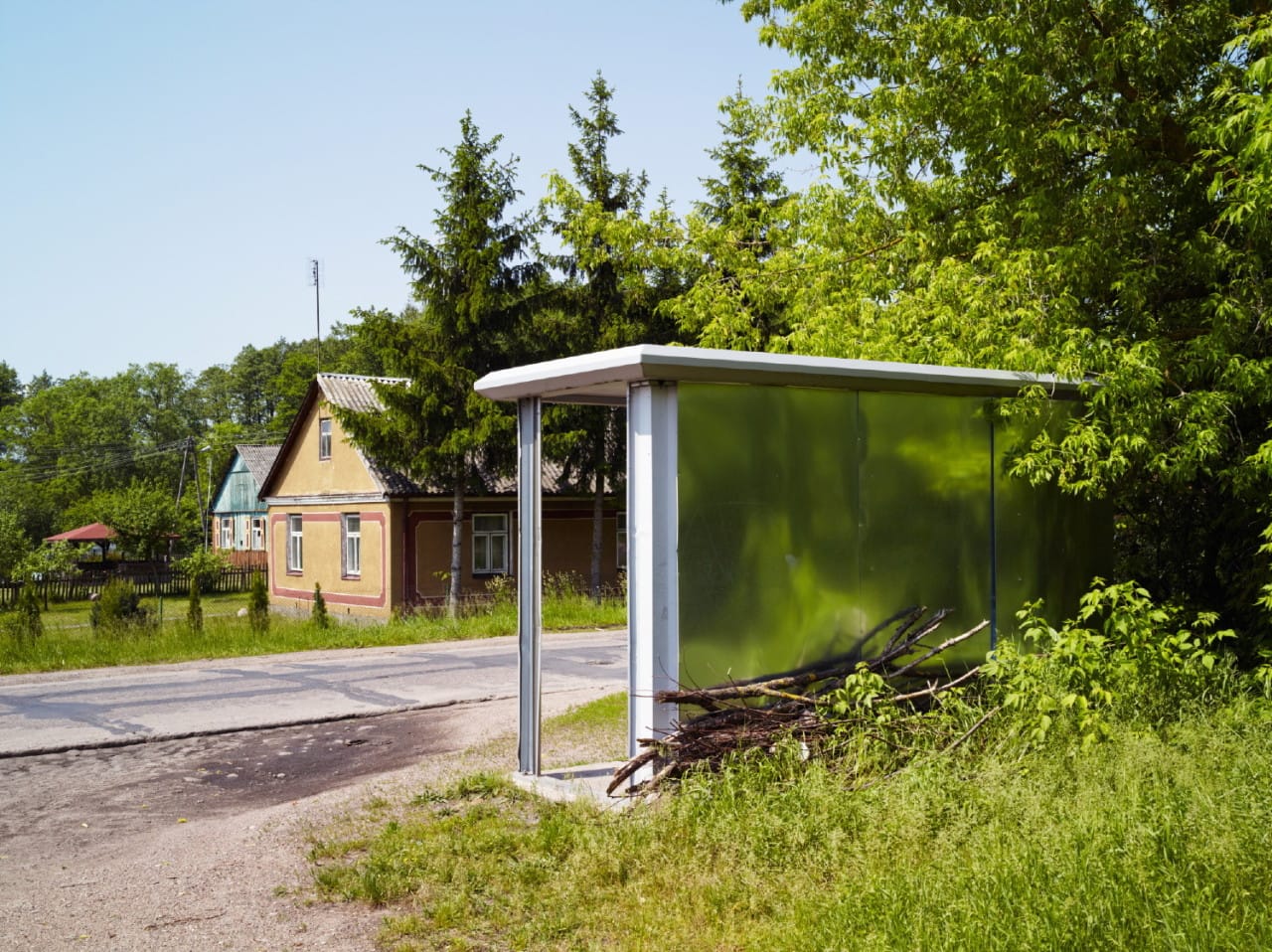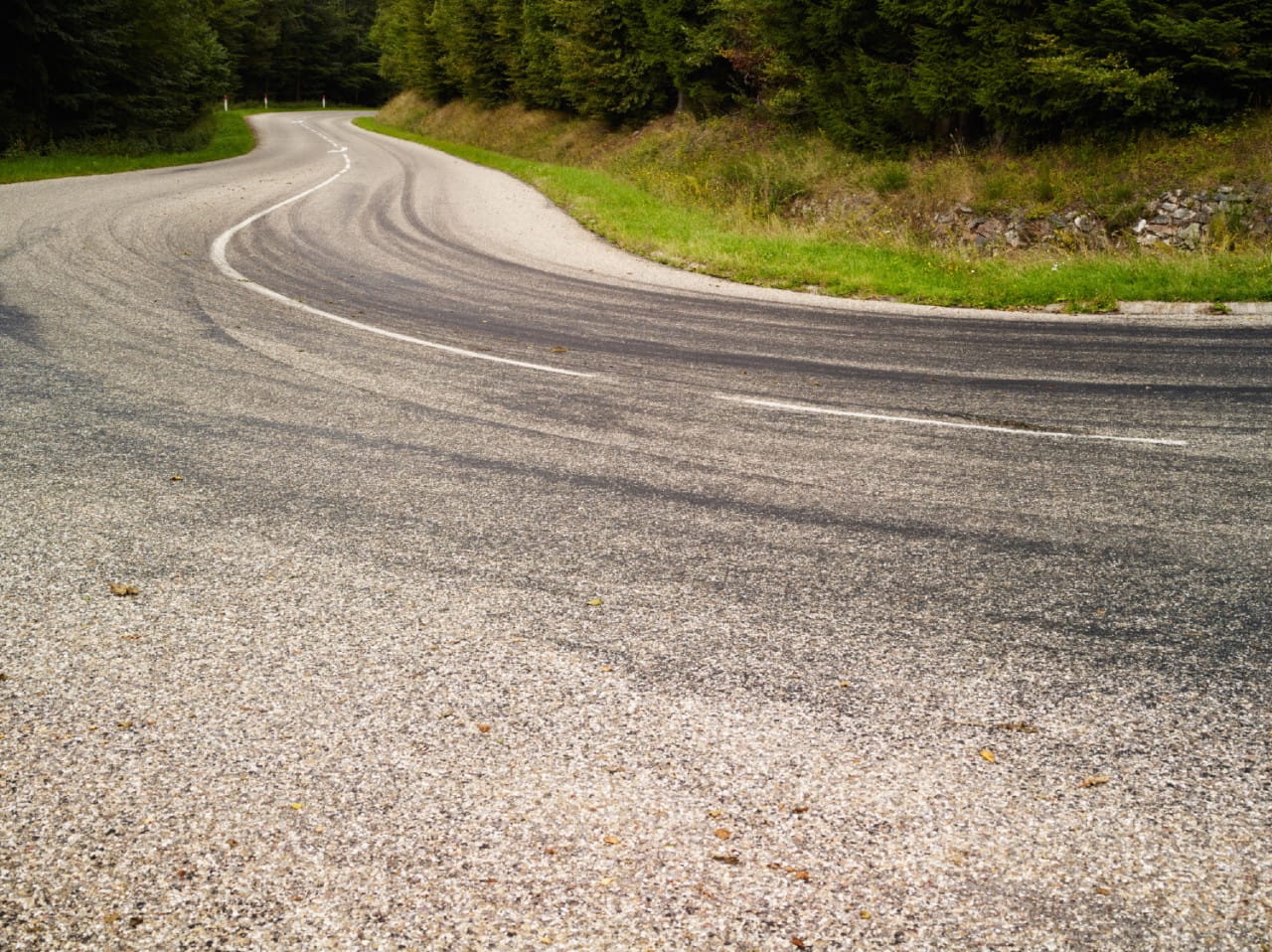The Surprisingly Mundane Landscapes of Holocaust Sites
“When I looked at those photographs, something broke,” critic Susan Sontag once wrote, recalling the day in July 1945 she first saw pictures of Nazi concentration camps.
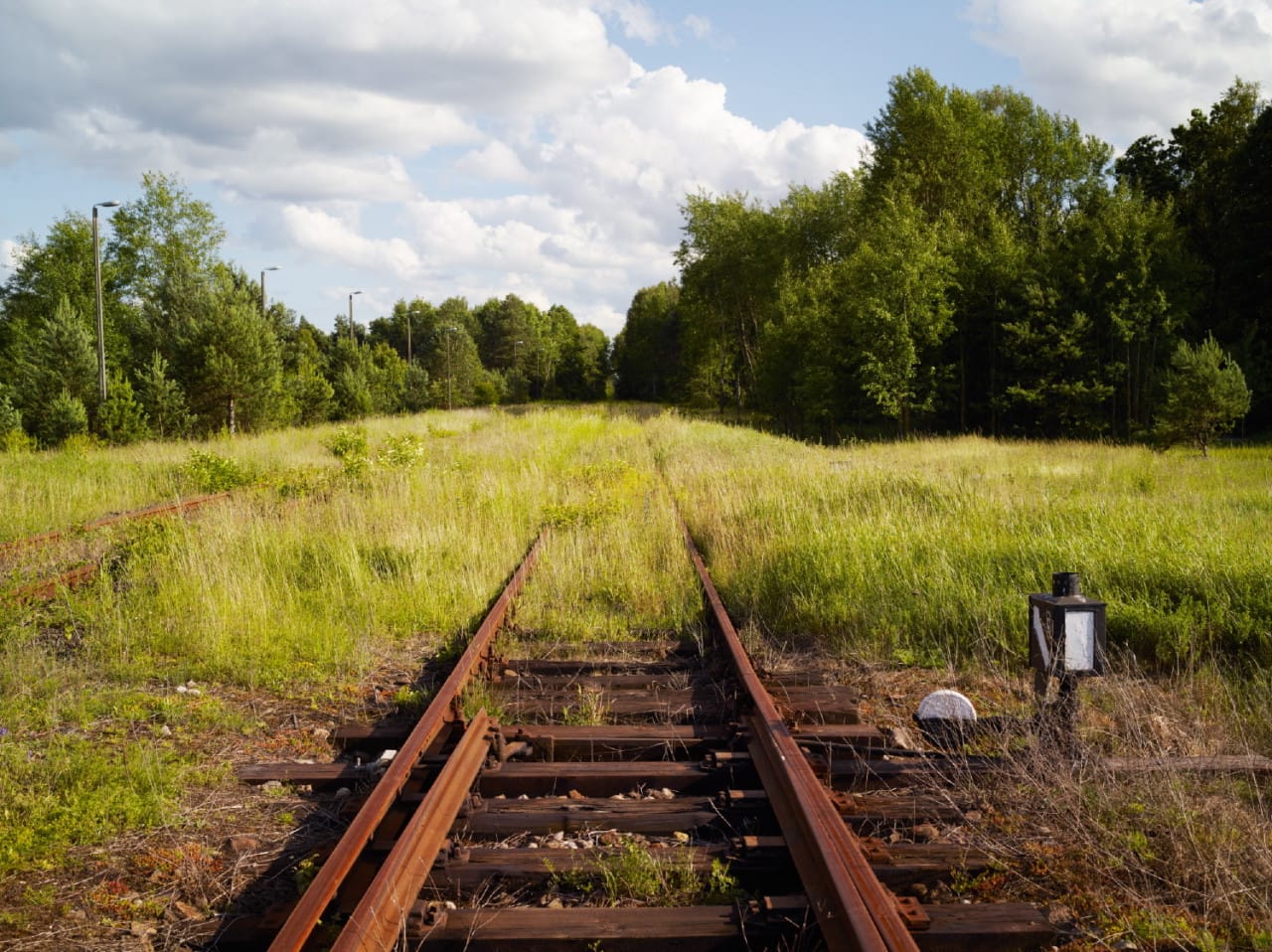
“When I looked at those photographs, something broke,” critic Susan Sontag once wrote, recalling the day in July 1945 she first saw pictures of Nazi concentration camps. “Nothing I have seen — in photographs or in real life — ever cut me as sharply, deeply, instantaneously.” Like Sontag, most people who have read books or watched films about the Holocaust have its horrifying imagery seared in their minds. They can easily conjure up the gas chambers, crematoriums, and open mass graves.
Russian photographer Jegor Zaika was also familiar with them when he began reading Primo Levi’s Survival in Auschwitz, so he was surprised and struck by the author’s descriptions of the lush countryside he saw en route to the concentration camp. They spurred Zaika’s interest in the rural and also urban landscapes outside the barbed wire — locales where unimaginable evil had taken root and thrived, but that were never documented.
Zaika decided to travel to these outlying areas to search for clues to their darker past. After comparing World War II-era aerial maps to current ones, he visited the memorial museums built on the concentration camp grounds and fanned out from there with his camera. “It is impossible to mark all the places, objects and structures with a memorial,” he told Hyperallergic, “otherwise every inch of train track between Germany and Poland would be an artifact of horror and a trigger for trauma.”
Looking for vestiges of history has preoccupied many other photographers; in this case, though the evidence was there, it wasn’t readily visible. It wasn’t so much that the past had been erased as that these landscapes had mostly always appeared ordinary. “During my work on this project, I’ve gotten the idea that some scenes I am photographing are almost the same as 70 years before,” Zaika reflected. “A car parked in front of a residential house near the former camp 70 years ago is equal to the car parked there nowadays. Even if the style is different, it is still the same scene in the same place.”
Though the knowledge isn’t new, it’s still strange to think that the worst crimes against humanity occurred in communities that don’t look that much different than our own. People destined for the gas chambers at Treblinka would have been transported in trains that stopped, for several hours, at the Malkina Gorna train station; they would have seen many of the same buildings, shops, and trees along the way that exist today. There would have been nothing to suggest the barbaric cruelty that awaited. “The location names, the objects, said nothing to them,” Zaika said.
The images are collectively titled Signs, though they’re much more about the lack of them. The neutral, almost mediocre scenery they depict reminds us that the landscape of a holocaust isn’t always apparent, as we somehow expect it to be. More often, in keeping with Hannah Arendt’s concept of evil itself, it’s perplexingly banal.
